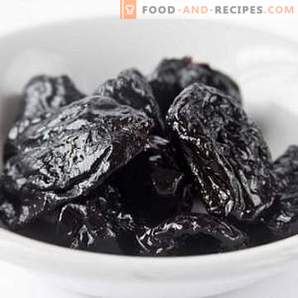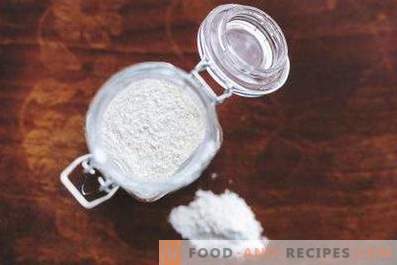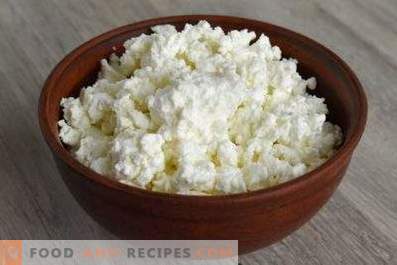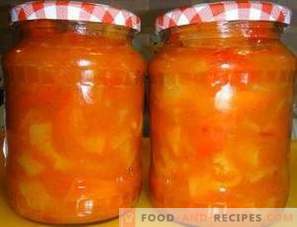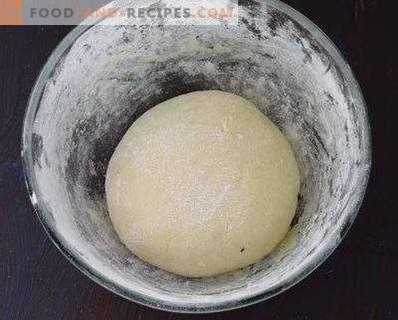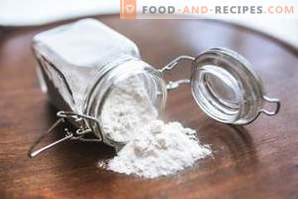
Flour is an indispensable product in every home. Any housewife uses it for a variety of pastries, homemade noodles or dumplings, sauces and side dishes. That is why flour is bought immediately in large quantities, and the question of its proper and long-term storage without loss of quality is always relevant.
This product, despite the long shelf life, needs to create certain conditions, the violation of which can lead to the loss of its organoleptic properties and even the appearance of unpleasant insects. To avoid this, you should learn to store flour properly, and then there will always be delicious buns, dumplings and other favorite foods in your home.
Basic requirements for storage conditions
Two main parameters affecting the safety of flour, is the temperature and humidity of the environment.
Flour is perfectly preserved for a long time at a low air humidity. This indicator should ideally be 60%, as a last resort - no more than 70%.
Storage temperature should not exceed 20 ° C, but for long-term storage it is desirable to provide temperature conditions in the range from 5 to 15 ° C.
This product doesn’t like sudden changes in temperature, since as a result, condensation forms inside and humidity increases significantly, which contributes to the development of mold fungi and the appearance of insects.
How long can you keep
As is known, there are several types of flour: rye, wheat, corn, soy. Each of these types has its own shelf life. For example, the least stored corn, soybean and rye flour - up to six months. Somewhat longer, up to 8 months, wheat flour can retain its properties, but deodorized soy flour can be stored for a whole year. The remaining species can also spend 12 months or more in storage, provided that a constant temperature of 0 ° C is maintained there.
How to choose the right
When buying flour, planned for storage, you should carefully examine the product for the presence of worms in it, black dots or stuck together lumps. Unfortunately, buying flour in the store, we are often deprived of such an opportunity because of the opaque container in which it is prepacked. In this case, it remains only to carefully examine the packaging, checking its integrity, as well as the date of issue and shelf life.
What is better to store
Containers for storing flour is also of great importance. It is best to choose hermetically sealed glass or plastic containers. An alternative can be linen bags, metal cans or paper bags that do not block the access of air and, therefore, moisture to the product. Therefore, they are less preferable, and the flour stored in them requires additional control of its condition. If you store flour in paper bags, it is best to do it in the fridge.
Storage Nuances
When storing flour, it is important to know not only the requirements for temperature and humidity in the room, but also some other factors that may affect the safety of the product.
For example, direct sunlight may adversely affect flour, therefore it should be stored either in an opaque package or in a place protected from light.
Flour very quickly absorbs odors of nearby substances and products, so it must be removed away from any sources of strong odor (coffee, spices, tea, household chemicals, etc.), preferably on a separate shelf, in a personal box or locker. In order to prevent the appearance in the flour of unwanted guests, there are many folk remedies invented by our ancestors. If you store flour in linen bags, soak them in a pre-saline solution. Perfectly scare away bugs and at the same time do not spoil the taste of the product placed in a flour clove of garlic, bay leaf or chili pepper. Pests will not make their way to the flour if the paper or canvas bag with it is put into the box with dried calendula flowers.
Always check the quality of the product before use, smell it and taste it. If you feel an unpleasant smell and bitter taste, such flour, unfortunately, is spoiled. If you feel cool when touching the container with flour, this indicates that the flour has become too wet and needs to be dried immediately.






